This year is shaping up to be a doozy when it comes to celebrity deaths. When I heard about Prince’s passing, I remembered how cathartic making a coordination in Bowie’s memory was that I figured I would fight through my current health issues and see what I could do. Of course, being in honour of Prince, I had to start with purple. I decided to do a monochrome outfit with a bit of flash and flair. Purple hakama, purple and silver lamé komon, purple shibori haneri, and even the obi (despite nearly being hidden) is entirely purple. I’m not used to monochrome kitsuke, but I have to say, I really like it. It’s a very effective way to showcase patterns and textures, and I think I’m going to attempt it more often.
Now, 2016, do you think you could lay off on taking musical icons from us for a few months? That would be great, thanks. As much as these memorial coordinations help me cope, I’d be perfectly happy not doing another one for a long time.
Items used in this coordination
- Purple Lame
- Purple Geometric
- Mixed Shibori

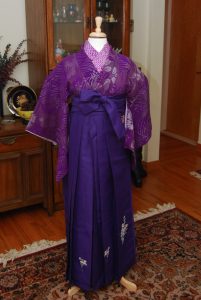
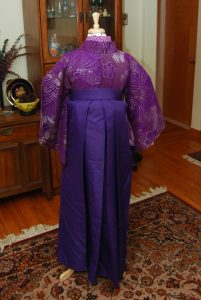
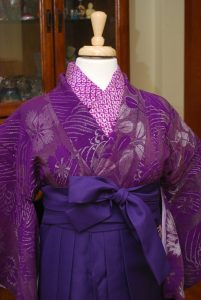
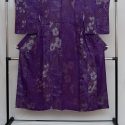
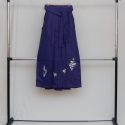
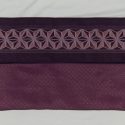
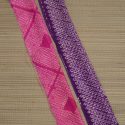
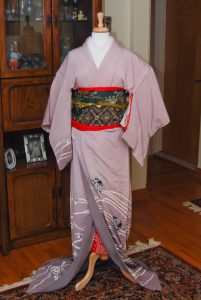
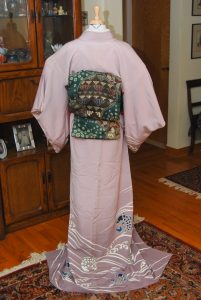
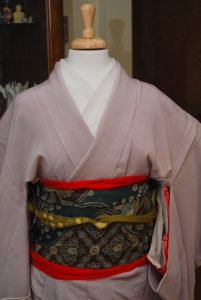
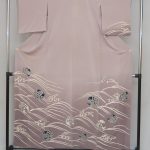
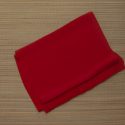
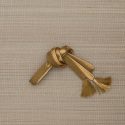
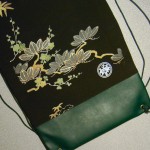
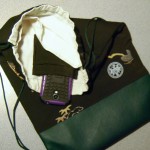
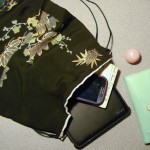
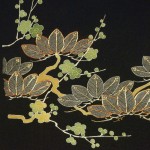
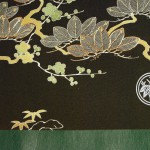
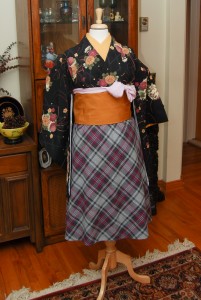





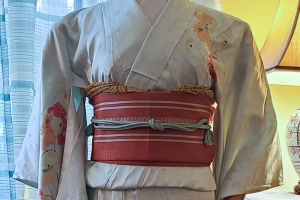
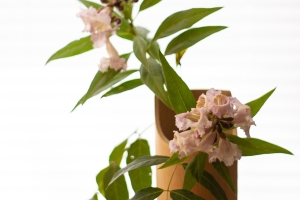
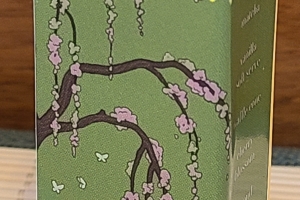
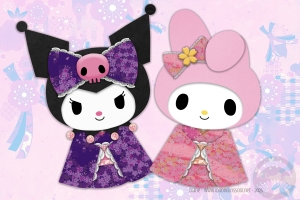
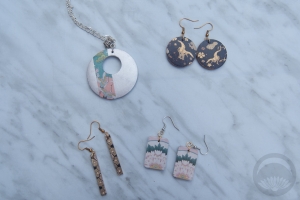

 Bebe Taian
Bebe Taian CHOKO Blog
CHOKO Blog Gion Kobu
Gion Kobu